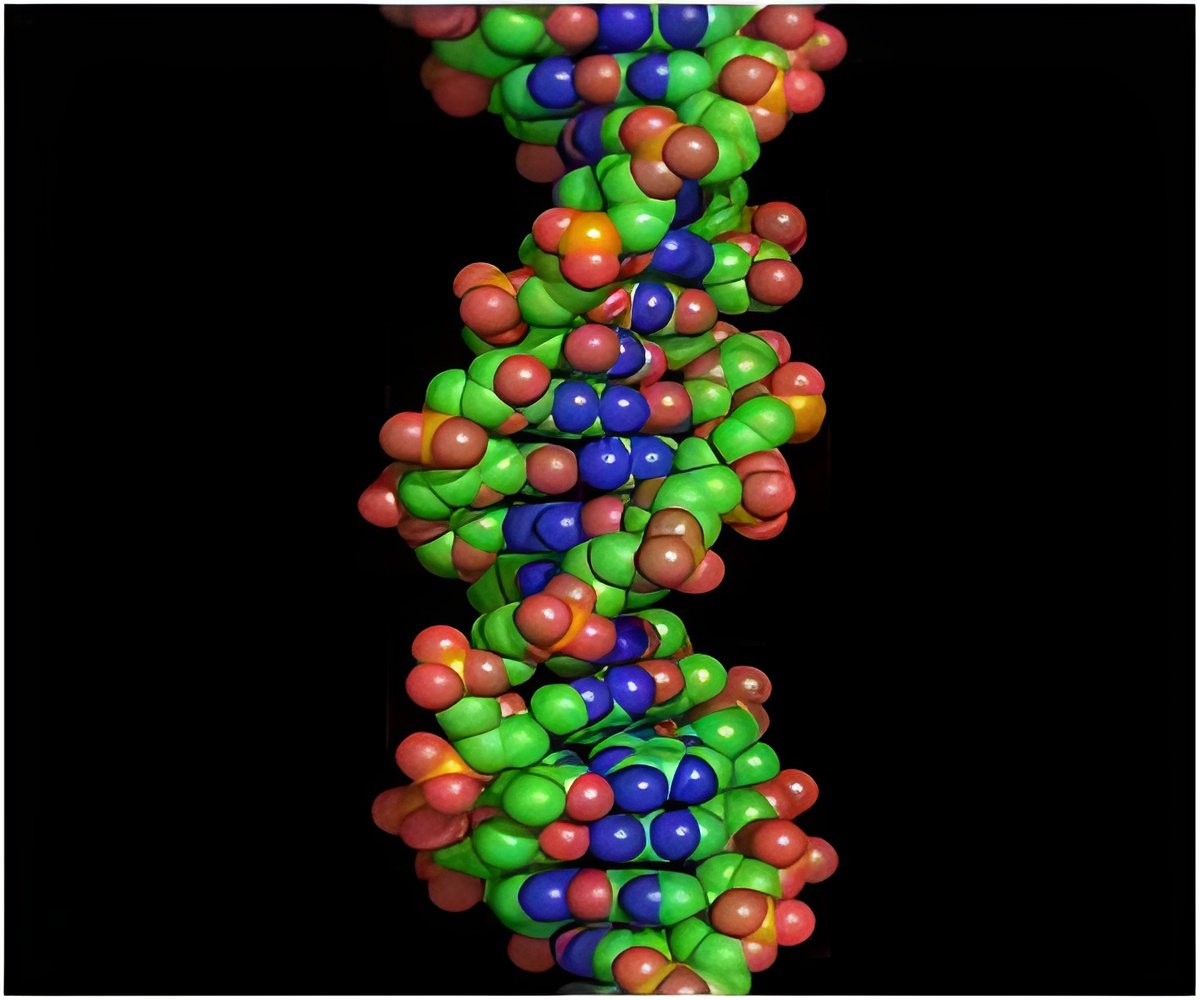
Key findings arising from the CC will be published in February 2012 as a series of articles across both scientific journals published by the Genetics Society of America (GSA): GENETICS and G3: Genes|Genomes|Genetics. The 15 articles highlight the contributions of the CC—and a companion mouse resource called the "Diversity Outbred" (DO) resource—to a number of important areas of human health. The MCC and DO are already shedding light on the genes influencing HDL cholesterol levels, systolic blood pressure, triglyceride levels, glucose, and variation in hematological traits like red and white blood cell counts, reactions to the influenza A virus, and mouse brain reaction to clozapine, a drug used for schizophrenia.
According to Dr. Fernando Pardo-Manuel de Villena (University of North Carolina at Chapel Hill Department of Genetics and Lineberger Comprehensive Cancer Center), one of the primary leaders of the CC, "A common complaint about using animal models has been the fact that some research doesn't carry over when applied to humans. The Collaborative Cross resource hopes to answer this complaint."
"Genetic causes may underlie many idiosyncratic adverse drug reactions," explained Dr. Gary Churchill (The Jackson Laboratory), another leader of the CC project. "Initial screening with this genetically diverse and heterogeneous model may allow for more realistic assessments of the risk of adverse effects and may be a reliable route for applying findings from mouse to human populations."
Dr. David Threadgill (North Carolina State University and UNC Lineberger), who originally proposed the idea for this resource and is also a leader of the project, added, "Research on mouse models may lead to increased safety in human drug trials and consequently has the potential of reducing the costs of drug development."
"Publishing these papers in GSA's sister journals enables those interested in this research to access a large body of information quickly and easily," said Dr. Lauren McIntyre, senior editor of the journal GENETICS and professor in the Department of Molecular Genetics and Microbiology at the University of Florida. "The journals have made all the data associated with the papers openly available, and are committed to the widest possible distribution. This group of research articles should help accelerate the development of new treatments and drugs."The international consortium developing these mouse populations includes the University of North Carolina (UNC), North Carolina State University (NCSU), The Jackson Laboratory, Tel Aviv University, Oxford University and Geniad/Australia. The mice are housed and 'curated' at UNC-Chapel Hill. The CC and DO populations are available for researchers worldwide who need a common genetic reference population for the integrative analysis of complex systems.
Advertisement
Source-Eurekalert









